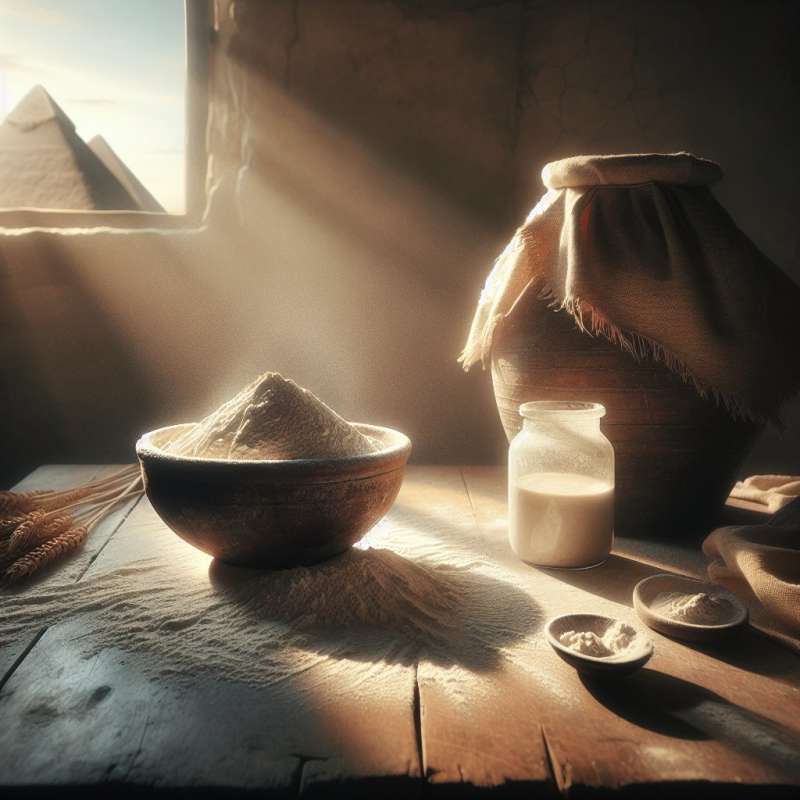
Origins of Sourdough
Sourdough dates back to ancient Egypt around 1500 BC. It likely originated unintentionally when flour mixed with ambient yeasts and bacteria, leading to natural fermentation.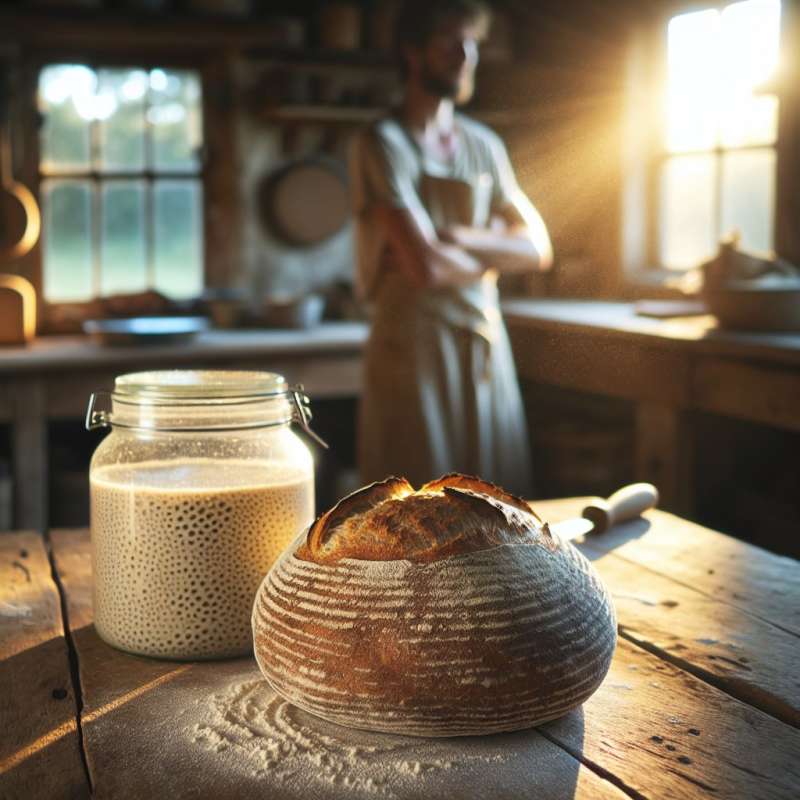
Science Behind Sourdough
Sourdough fermentation involves wild yeast and lactobacilli. The latter produces lactic acid, giving sourdough its characteristic tang and improving shelf-life by inhibiting spoilage bacteria.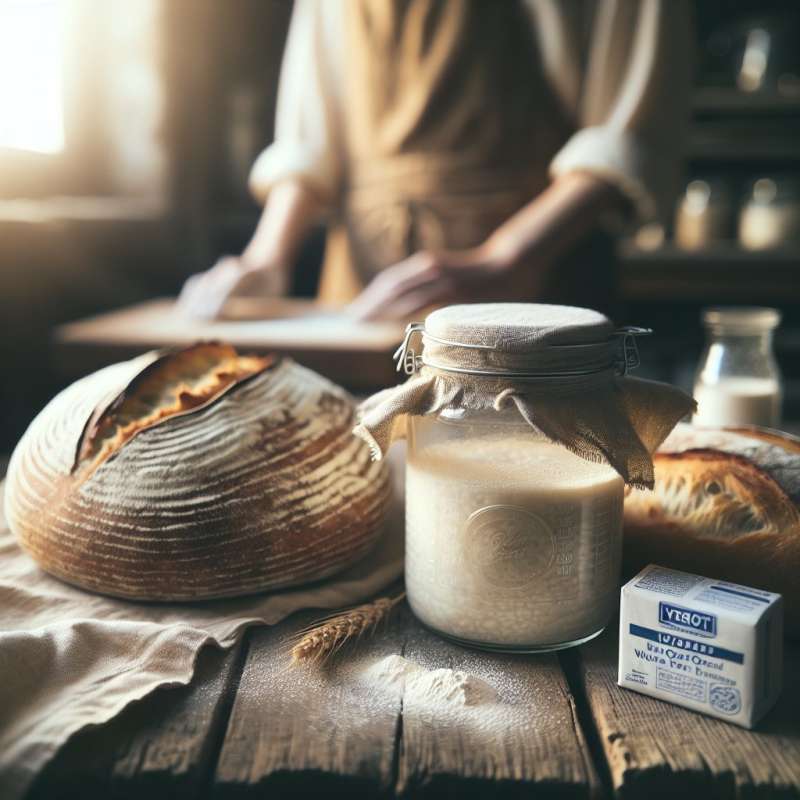
Sourdough vs. Commercial Yeast
Unlike commercial yeast, sourdough starters ferment dough slowly, allowing more complex flavors to develop and making nutrients more bioavailable through phytic acid breakdown.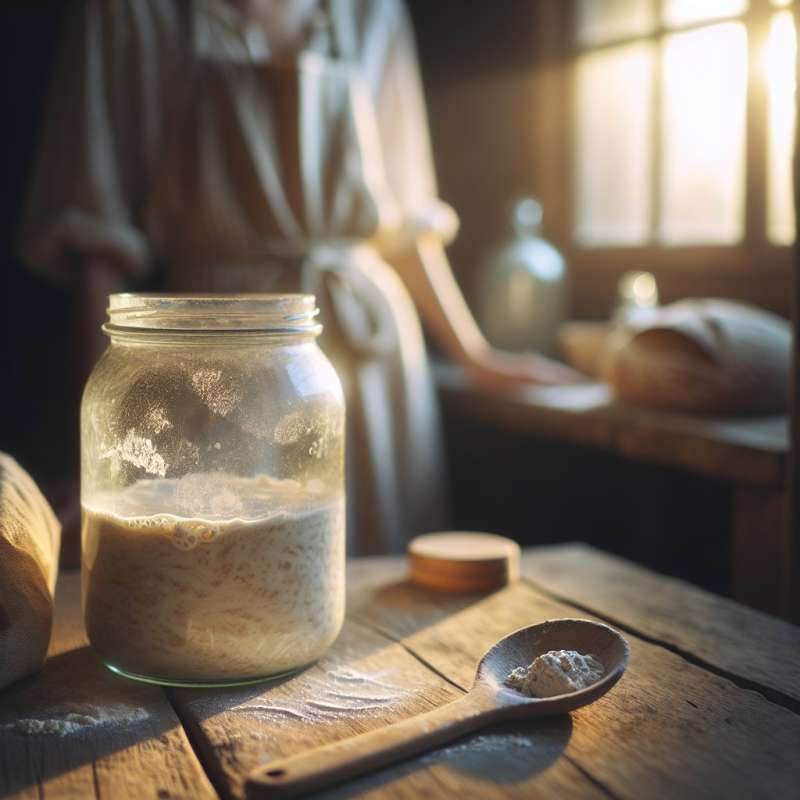
Maintaining a Starter
A healthy starter is the key to flavorful sourdough. It requires regular feedings of flour and water to maintain the right balance of yeast and bacteria.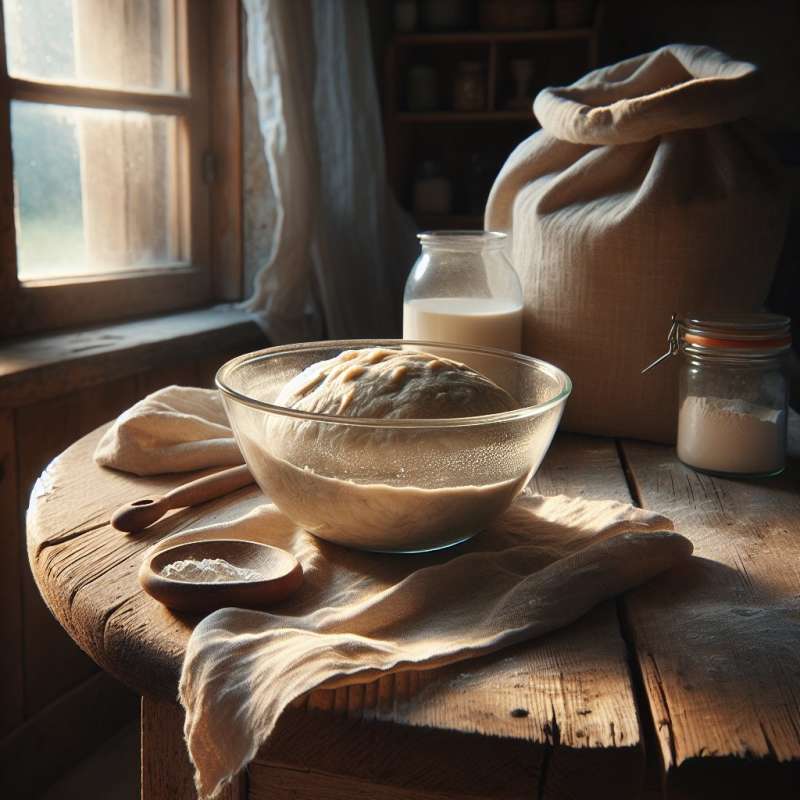
The Autolyse Method
Autolyse, resting dough after mixing flour and water, improves gluten formation and bread texture. It also helps to integrate the ingredients more fully before adding salt and starter.
Shaping and Proofing
Proper shaping creates tension for a good rise. The final proof allows for flavor development and loaf expansion. It's crucial to score the dough right before baking for controlled expansion.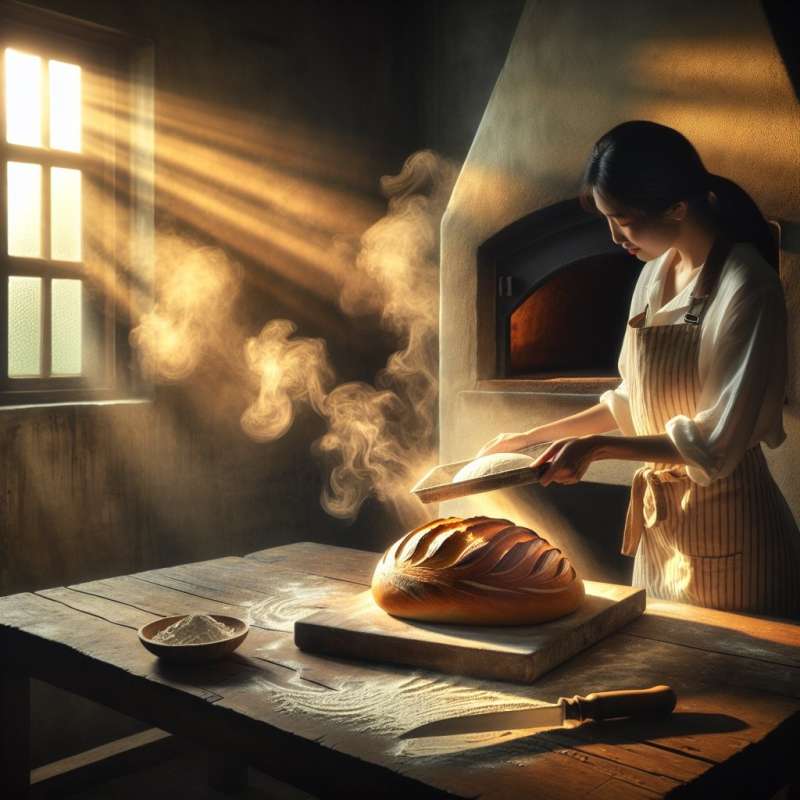
Baking with Steam
Steam in the initial baking phase keeps the crust soft, allowing the loaf to expand fully. It also contributes to a glossy, artisanal crust by gelatinizing the dough's starches.Gold Rush Sourdough
Some Alaskan sourdough starters from the Gold Rush era (1890s) are still alive and active today, passed down through generations.
When did sourdough likely originate?
Ancient Egypt, 1500 BC.
Medieval Europe, 1200 AD.
Roman Empire, 500 BC.
Company